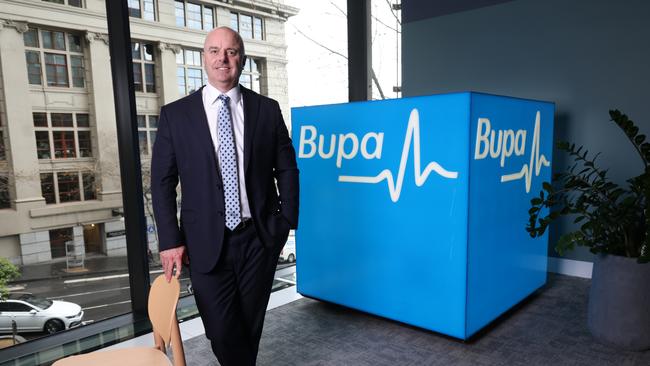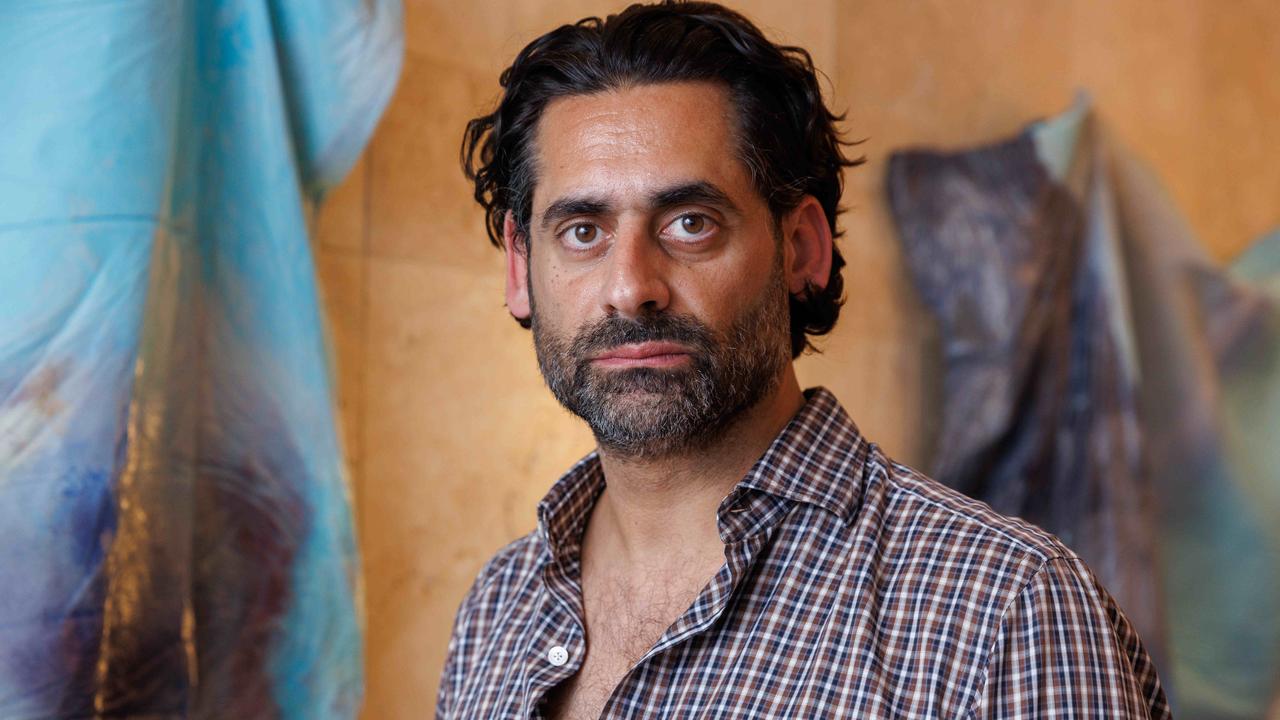Bupa will buy and build as many as 100 health hubs across the nation
Bupa has signalled its intention to buy and build a national network of healthcare centres providing GP services, allied health and pathology.

Bupa has signalled its intention to buy and build a national network of healthcare centres providing GP services, allied health and pathology, as the insurer seeks to further broaden the services it offers.
Bupa APAC chief executive Nick Stone said the strategy would be rolled out over the next few years, with two pilot centres already operational.
The insurer will initially focus on buying existing centres, with greenfields developments also envisaged as part of the strategy.
The centres will be open to the general public as well as Bupa customers, with Mr Stone saying the vision was to provide a better service for customers and also take costs out of the healthcare system.
“We’ve got two clinics in operation today, with a goal of getting somewhere between 60 to 100,’’ Mr Stone said, saying the target was to have 22 centres operational by the end of the calendar year.
About 10 to 20 centres would then be acquired or built per year, Mr Stone said.
“At the moment we’re looking to buy brownfields sites, with a view to start building greenfields out as we build scale and volume over time,’’ he said.
The centres would be targeted at areas convenient to customers, within about 15km from most customers, and were part of the insurer’s broader Connected Care strategy, which includes a door-to-door chemist delivery service, virtual doctor consultations and online health tools.
The insurer is focusing heavily on type 2 diabetes, mental health, musculoskeletal health and oral and eye issues as areas where it can make a difference, using a suite of digital tools and physical centres.
“In the long-term, our aim by bringing services together physically and digitally is to deliver simple, person-centred care – the ‘right care’ in the ‘right place’ at the ‘right time’,’’ Mr Stone said.
“Access to clinicians and services will be supported by technology and underpinned by safe, secure, and intelligent data for a more seamless and less confusing health experience.”
Mr Stone said a more integrated combination of virtual tools, including access to doctors, as well as the new centres, would take a lot of friction out of the healthcare system, while also providing better outcomes for patients.
“Maybe the first step in some cases – so you’ve gone into a virtual consult, you work out that you might need a physical GP consult so you go from there into one of the health hubs.
“That health hub is going to have access to, obviously, GPS, nurse-led care, for more general things like immunisations and so forth, pathology as well. And other services that we’re looking at to offer in these health hubs are things around psychology, physio and dietitian-type services as well.
“I think this gives you a little bit more opportunity, from a customer’s perspective, to have more options and more flexibility about, making sure you’ve got the right care at the right time.’’
Mr Stone said a more seamless process for customers would ultimately lead to better clinical outcomes and also cost savings for the health system.
“Ultimately that benefits the overall health system, because you’re not getting people going to emergency services when they don’t need that level of care.
“The more efficient we can make the system, the better the price rises are at the end of the day in the overall system – the less funding the government might have to contribute. With putting the customer first, you’re going to get better clinical outcomes, you’re going to get better customer outcomes, and you’re going to get better commercial outcomes for the health system as a whole.’’



